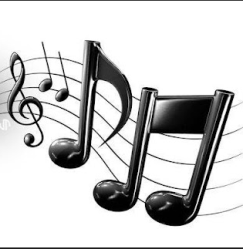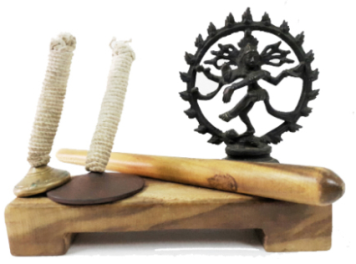Swaram
It is the ancient Indian concept about the complete dimension of musical pitch. Carnatic music have just seven swaras/notes with short names, e.g. saa, re/ri, ga, ma, pa, dha, ni which Indian musicians collectively designate as sapta swaras. The word Swara is found in the Vedic literature, particularly the Samaveda

Raagam
Raga is an array of melodic structures of swaras. Improvisation by the musician involves creating sequences of notes allowed by the raga in keeping with rules specific to the raga. There are two main classical music traditions, Hindustani (North Indian) and Carnatic (South Indian), and the concept of raga is shared by both. There are two types of Ragas and they are Janya ragas meaning “begotten ragas” and Asrita/Janaka ragas meaning “sheltered ragas”. However, these terms are approximate and interim phrases during learning, as the relationships between the two layers are neither fixed nor has unique parent-child relationship.

Taala
It is the term used in Indian Classical Music to refer to musical meter that is any rhythmic beat or strike that measures musical time. The measure is typically established by hand clapping, waving, touching fingers on thigh or the other hand. Tala was introduced to Karnataka music by its founder Purandara Dasa. It is a cyclical way of observing a rhythm.
“Takaaram Sankara proktam lakaaram Saktiruchyate
Siva sakthi samaayoga tala nalideeyathe”
The formation of tala is done by the composition of certain parts. They are six Talangas. They are called Tala Shadangas. 1. Laghu 2. Anudhrta 3. Dhrta 4. Guru 5. Fluta 6. Kakapada

Laya
In music, laya is the process where sounds are separated by time. If you were asked to clap for duration of ten seconds, one can observe that each clap would be spaced out by some amount of time. So this nature of repetition of events which are spaced out by some time is called laya. Laya is not just confined to percussive sounds. Melody has rhythm too; the movement from one musical note to the other has a sense of time to it.
